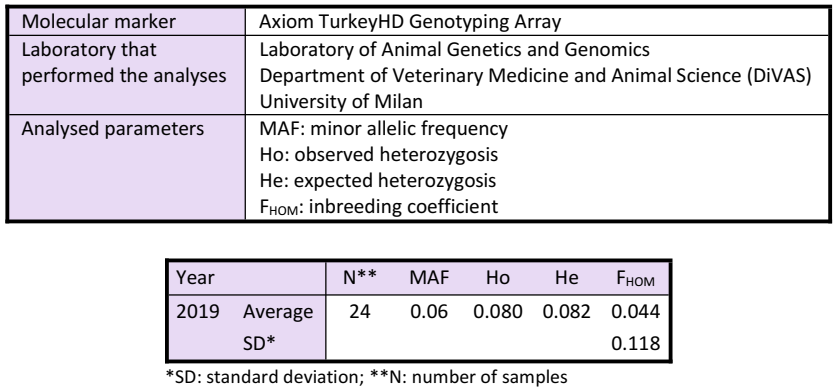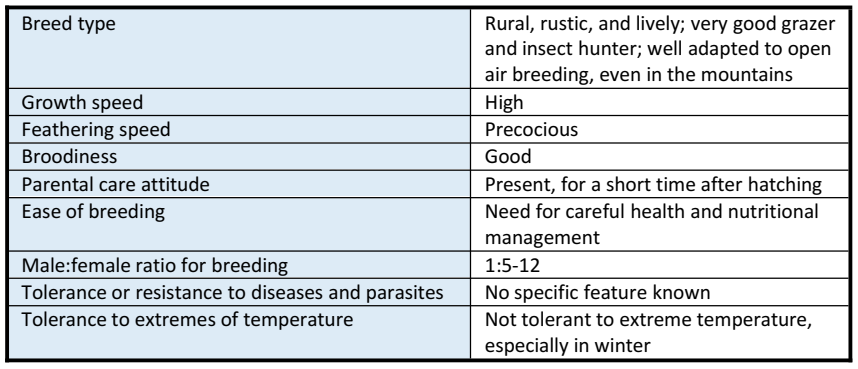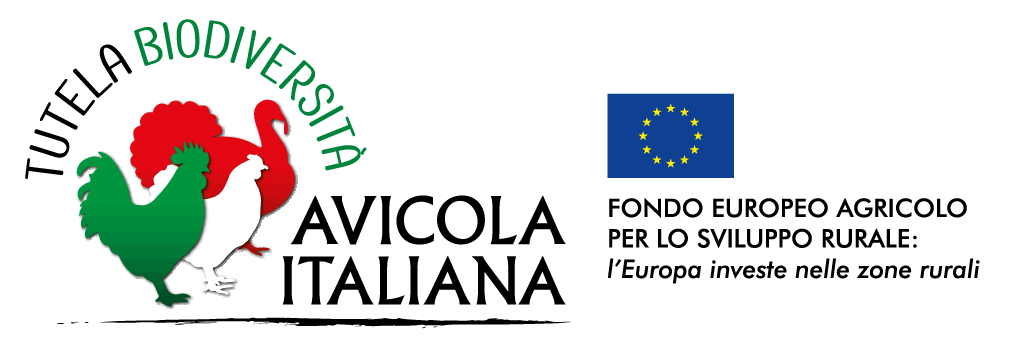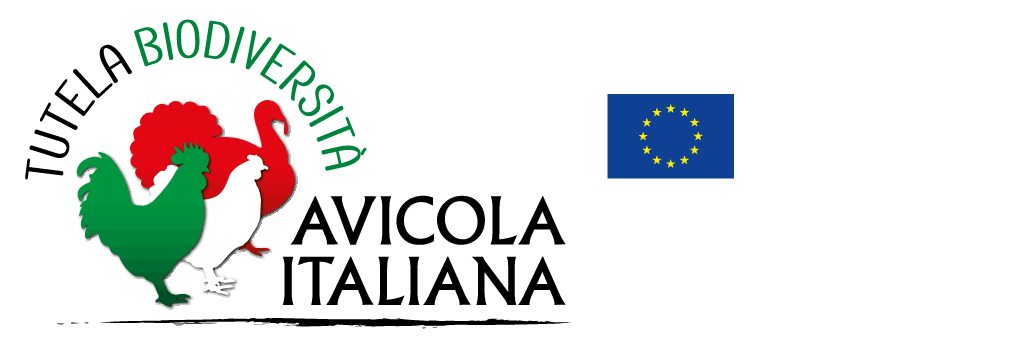Ermellinato di Rovigo
Geographic origin: Veneto
Geographic distribution: Veneto
Estimated total population size: 425 (Castillo et al., 2021)
Extinction risk status (FAO, 1998): Threatened conserved
Historical origin of the breed
The Ermellinato di Rovigo turkey was selected in 1958 at the Poultry Experimental Station in Rovigo, with the purpose to obtain a rustic breed, with very good grazing aptitude, and better performing than common turkey from the productive and economic point of view. The goal was reached by cross-breeding it with the american breed Narragansett, which led to birds with grey plumage and reddish-brown shanks. Later on, following a mutation, some turkeys were born with ermin livery and flesh-coloured shanks. The selection of these birds led to the creation of a new breed, called the Ermellinato di Rovigo turkey, medium-sized, precocious, and with high feathering speed.
Although typical of the Polesine area (in the province of Rovigo), it can be successfully reared in all the provinces of the region Veneto, and in other Italian regions.
Bibliography e sitography
Atlante dei Prodotti Agroalimentari del Veneto. Edited by Veneto Agricoltura, in cooperation with Regione del Veneto
https://www.agraria.org/tacchini/ermellinatodirovigo.htm
Pictures from the archives of Prof. Gabriele Baldan and Prof. Massimo De Marchi
Qualitative morphological traits
Plumage colours: Ermin
Colour features: Bi-colour, white with black patterning
Colour pattern: In the male, white ermin plumage, uniform throughout the body, with silver-grey shades and black stripes. Each feather crossed with a black band and edged with a white border, that is approximately two centimeters wide. Back, tail coverts, and sides show a stronger patterning. Breast with a scale pattern. Tail feathers with the same markings, but much wider white border. Primaries grey-black with white rachis, secondaries white with externals barbs that are black at the end. In the female, the pattern is the same, but much less evident.
Chick plumage pattern: Light yellow
Head: Free from feathers in the male, and slightly feathered in the female, with red caruncles that are variable in size and colour intensity
Face: Free from feathers, with bluish-red fleshy protruberances
Neck: In the upper part, bluish caruncles changing to red together with bird’s excitement; white plumage
Caruncles: Red or bluish-red; the fleshy protruberance over the beak is generally well-developed
Throat wattle colour: Pale red, very developed
Iris colour: Generally dark, often brown; large brilliant eyes
Beak colour: Horn changing to light yellow; long and strong, slightly curved
Skin colour: White
Shank colour: Flesh coloured
Shank feathering: Free from feathers
Quantitative morphological traits

Genetic traits
Characterisation of the breed with Single Nucleotide Polymorphisms (SNPs)

Reproductive and productive quantitative traits
Oviposition, brooding and incubation data

Egg-quality traits

Reproductive traits

Slaughter data (age: 190 days)

Rearing traits

The presented data were registered in the nucleus populations conserved at the University of Molise (UniMOL) and at “Sasse Rami” Experimental Farm, in Ceregnano (Rovigo).
Technical data sheet
(The layout of the data sheet is ready for the booklet format. Print on both sides of paper, selecting “flip on short edge”.)
Germplasm collection
The breed is conserved in our Cryobank with 123 semen doses from 8 donors.
Latest update: February 7th, 2025

